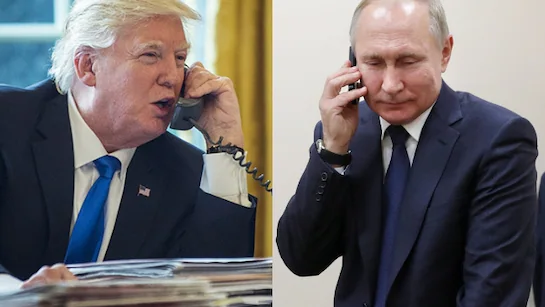Russia initiated one of its largest drone offensives against Ukraine, deploying over 100 unmanned aerial vehicles (UAVs) across multiple regions. This assault occurred shortly after a phone conversation between U.S. President Donald Trump and Russian President Vladimir Putin Monday.
After the talks between the two leaders, Trump had announced that Russia and Ukraine had agreed to commence immediate ceasefire negotiations.
Ukrainian air defenses successfully intercepted 93 of the 108 Shahed-type drones launched during the attack. Despite these efforts, at least one person was killed and 13 others injured, with significant damage reported in central, northern, and eastern Ukraine.
President Volodymyr Zelenskyy condemned the drone strikes, asserting that they demonstrate Russia’s lack of commitment to peace. He accused Moscow of using the guise of negotiations to prolong its military campaign and expand territorial control.
While President Trump stated that ceasefire talks would begin immediately, the Kremlin has not provided a specific timeline for these negotiations.
Putin has emphasized the need to address what he terms the “root causes” of the conflict before agreeing to any truce, including demands for Ukraine to relinquish claims to occupied territories and to forgo NATO membership—conditions that Kyiv has firmly rejected.
In response to the escalating aggression, the European Union and the United Kingdom have imposed additional sanctions on Russia, targeting its military, energy, and financial sectors. These measures aim to increase pressure on Moscow to engage in genuine peace efforts.
President Zelenskyy has proposed organizing a high-level summit involving Ukraine, Russia, the United States, the European Union, and the United Kingdom to facilitate discussions aimed at ending the war.
According to news reports, potential host countries for this summit include Turkey, the Vatican, or Switzerland.





